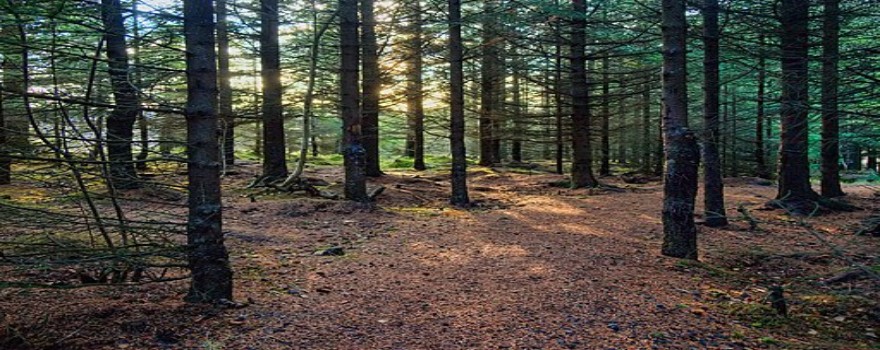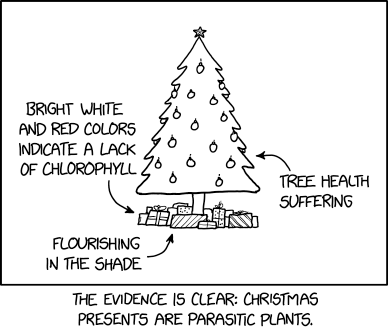
In science news this week: Endless winter: The storm that defined California surfing; Nature to look for every month in 2020; DNA testing of tusk, bone, teeth; New fish detection gathers salmon survival data faster than the blink of an eye; Resident orcas’ appetite likely reason for decline of big Chinook salmon; Water scarcity around the world: it’s about you and me; and more…
Endless winter: The storm that defined California surfing “Starting in December 1969, a series of El Nino storms barreled up from southern Baja California, bucketing rain, flooding homes and battering hillsides into mud slicks across the Southland. Federal disaster areas were declared in 35 counties, and $900 million in damages were reported. The storms also, as legend has it, brought the best surfing ever experienced in California. That winter, the waves were so big and so frequent that they quickly gained mythical status…” Read more from Phys.org here: Endless winter: The storm that defined California surfing
Nature to Look for Every Month in 2020 “Californians like to complain about missing true “seasons.” But expand your definition beyond humid summer nights and winter sleet and you’ll find nature all around us responding to seasonal change. Here are some of our suggestions of seasonal favorites to look for in 2020. Got your own seasonal favorites in California? Let us know about them in the comments below…” Read more from Bay Nature here: Nature to Look for Every Month in 2020
DNA testing of tusk, bone, teeth “In Southern California, there are two facilities that offer fascinating looks at the types of animals that roamed the land millions of years ago. The Western Science Center in Riverside County is home to 100,000 fossils and artifacts, all unearthed during construction of a nearby reservoir. The La Brea Tar Pits in neighboring Los Angeles County serves a similar purpose, storing a staggering 35 million prehistoric specimens discovered in and around the natural pits that continue to seep asphalt in the area…” Read more from the California Department of Fish and Wildlife here: DNA testing of tusk, bone, teeth
FISHBIO Highlights Of 2019 “As we wrap up another busy year at FISHBIO, we wanted to share a few of our highlights – in written and video form. In 2019 we continued our long-term salmon and trout life-cycle monitoring on the Stanislaus, Tuolumne, and Calaveras rivers, with the notable addition of PIT tag antennas on our Stanislaus and Tuolumne weirs to help track fish movements. Our fieldwork kicked into high gear this spring, with two large-scale studies occurring on the San Joaquin and Stanislaus rivers…” Read more from FishBio here: FISHBIO Highlights Of 2019
New Fish Detection Gathers Salmon Survival Data Faster than the Blink of an Eye “The technological challenge was enormous: Embed low-frequency antennas in the concrete spillway of Lower Granite Dam to detect tiny electronic tags in juvenile salmon and steelhead passing by in water rushing roughly 50 miles an hour…” Read more from NOAA here: New Fish Detection Gathers Salmon Survival Data Faster than the Blink of an Eye
Resident orcas’ appetite likely reason for decline of big Chinook salmon “Each year these top ocean predators consume more than 2.5 million adult Chinook salmon along the West Coast. Except for the endangered southern resident population in Washington, all other fish-eating orca populations that live along the coast, called “residents,” are growing in number. Northern residents along the British Columbia coast number more than 300 whales, for example, while Alaska orcas are close to 2,300 individuals…” Read more from Science Daily here: Resident orcas’ appetite likely reason for decline of big Chinook salmon
Water Scarcity Around the World: It’s about You and Me “Have you ever heard the one about climate change drying up the world and leaving the planet without enough water for us to live? New science shows that it’s actually not climate change causing the worst effects of water scarcity: it’s us. Primarily because we use a lot more water than natural processes replenish in water sources. Water (with a few exceptions) is a renewable resource, not an unlimited one…” Read more from Cool Green Science here: Water Scarcity Around the World: It’s about You and Me
2019: A Look at the Best Images from Above “As we look ahead to another year on this beautiful and fascinating planet, NOAA’s Satellite and Information Service would like to take a moment to review 2019 from a satellite’s perspective…” Read more from NOAA here: 2019: A Look at the Best Images from Above
Integrating social and ecological science for effective coral reef conservation “While many conservation plans focus on only environmental indicators for success, the Wildlife Conservation Society (WCS)’s coral reef program is trying a relatively new approach: focusing on both social and ecological processes and outcomes to ensure a long-term future for coral reef systems, according to a newly published study…” Read more from Science Daily here: Integrating social and ecological science for effective coral reef conservation
Stanford experts help island nation revolutionize ocean conservation “A tiny Pacific Island nation is reimagining ocean conservation with guidance from Stanford researchers and international experts. In January Palau is closing 80 percent of its ocean waters to fishing, creating one of the largest marine protected areas in the world. It is the largest percentage of a country’s exclusive water with a fully protected designation – an area twice the size of Mexico…” Read more from stanford News here: Stanford experts help island nation revolutionize ocean conservation
As climate change melts Alaska’s permafrost, roads sink, bridges tilt and greenhouse gases release “An unpaved highway runs north out of Nome, carving through more than 70 lonely miles of tundra before dead-ending at this Inupiaq village. Maintenance crews keep the route open during the summer months. The work has become increasingly costly as a layer of ice and frozen dirt under the road softens into soggy muck, and stretches of road bed crack and collapse…” Read more from Phys.org here: As climate change melts Alaska’s permafrost, roads sink, bridges tilt and greenhouse gases release
Lisa’s XKCD Comic Pick of the Week …

 Sign up for daily email service and you’ll never miss a post!
Sign up for daily email service and you’ll never miss a post!
Sign up for daily emails and get all the Notebook’s aggregated and original water news content delivered to your email box by 9AM. Breaking news alerts, too. Sign me up!
About Science News and Reports: This weekly feature, posted every Thursday, is a collection of the latest scientific research and reports with a focus on relevant issues to the Delta and to California water, although other issues such as climate change are sometimes included. Do you have an item to be included here? Submissions of relevant research and other materials is welcome. Email Maven

